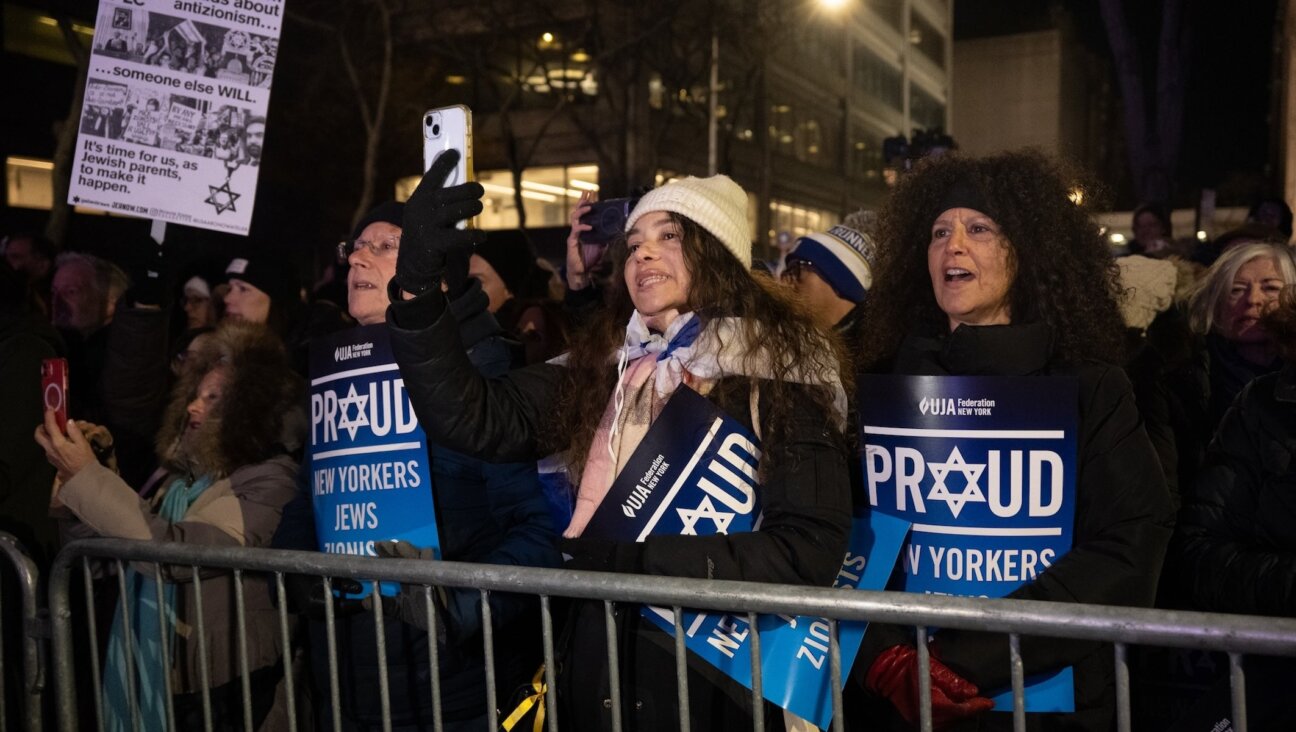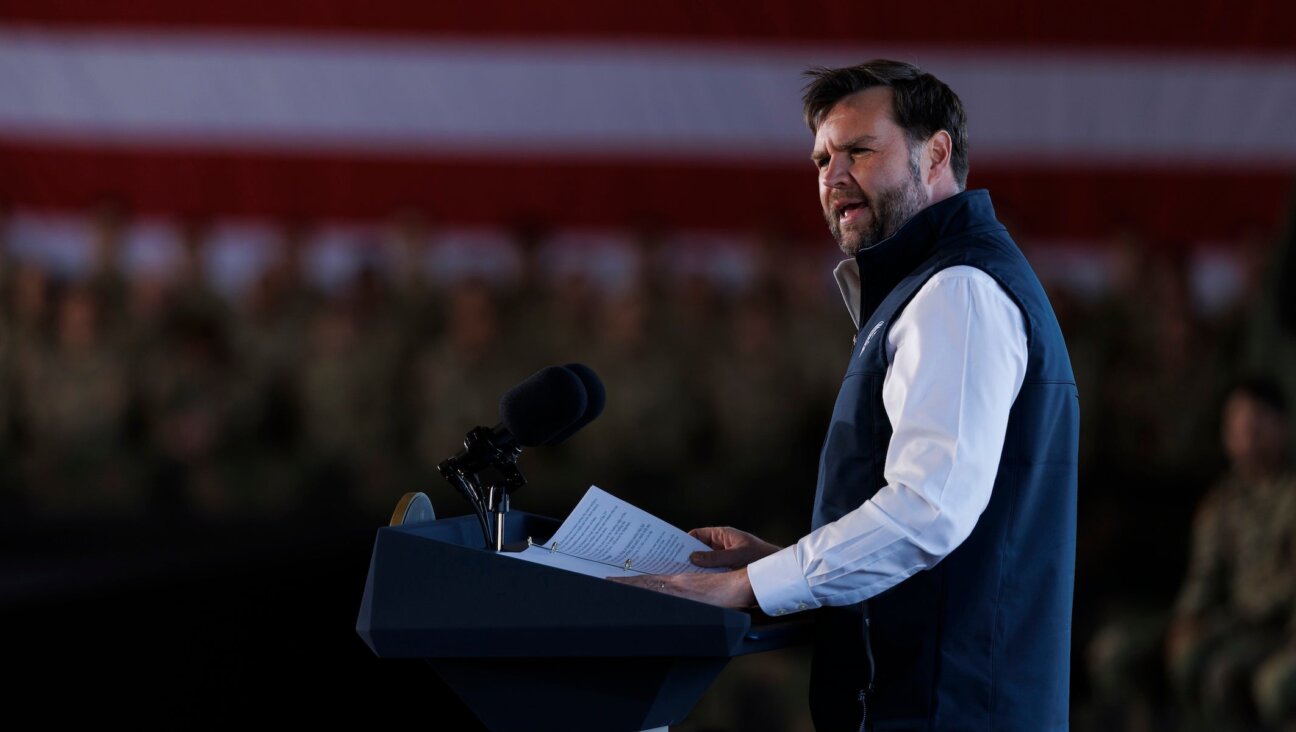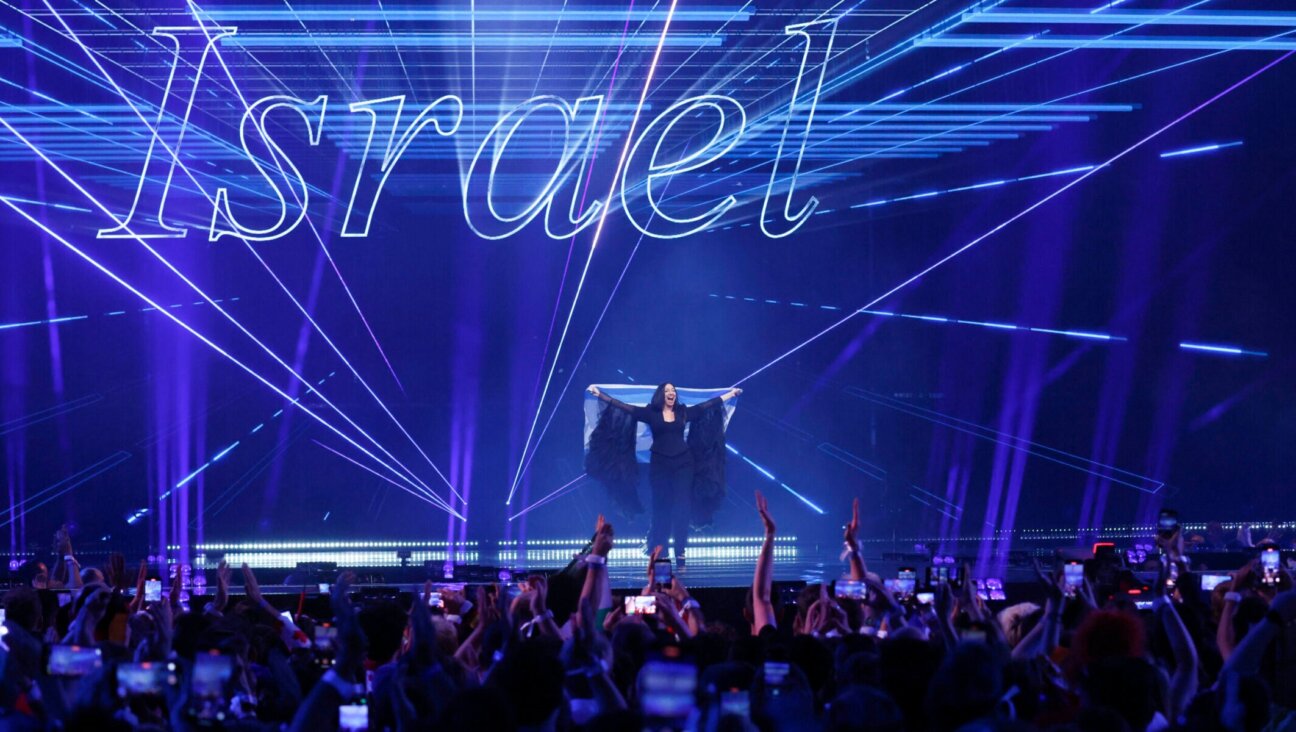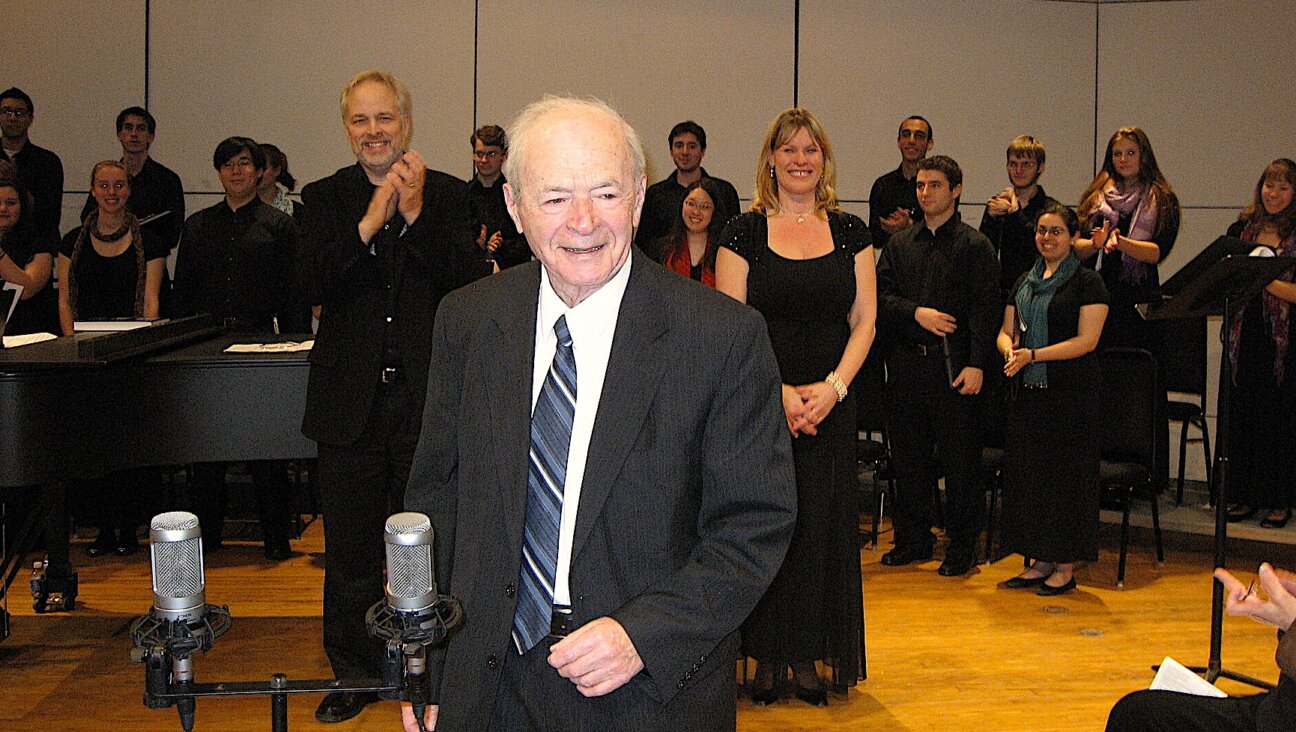No Child’s Play: The Bear That Helped A Boy Survive The Holocaust

Graphic by Angelie Zaslavsky
Other dolls surrounded the pitiful excuse for a teddy bear that stared out through the glass case. Its brown covering had worn through in spots. The eyes did not quite line up. Leaning at a slight angle, the bear hid its story in its unassuming appearance. But don’t be fooled. This bear saved the soul of a Jewish boy during the Holocaust. When the Nazis had taken or killed everyone who loved him, the bear provided the boy comfort and love. Without the nurture of that little bear, the boy would have surely perished.
The bear tells just one heart wrenching story in an exhibit called “No Child’s Play” at Yad Vashem, Israel’s Holocaust Memorial and Museum. Whenever I tour its halls and gardens, its artwork and memorials, I know that I stand as witness to the atrocities of the Nazis and their collaborators. And, while I do believe that this fulfills a sacred obligation, I nevertheless dread each visit. As the descendent of four Holocaust survivor grandparents, the stories of Yad Vashem hit close to home, they fill me with terror for what was, they fill me with dread for what may happen.
Over our people’s long history we have known many tragedies: forced conversion and economic discrimination, war and exile, oppression and expulsion. But none of our historic tragedies compare to the systematic attempt by Hitler’s Nazi Germany to exterminate the Jews. On January 20, 1942 Nazi ideology reached its logical conclusion at The Wannsee Conference where top-ranking Nazi officials created the “Final Solution to the Jewish Question.” The minutes of this conference confirm that the Nazis intended to use the Holocaust exclusively to target Jews. While other groups tragically got caught up in this machinery of death, the Wannsee Conference minutes mention no other group, ethnicity, nation, or cohort. This does not diminish the horrors of others, it only clarifies the goals of the Nazis: annihilate Europe’s Jews.
I do not intend to enter into the debate about the number of non-Jews killed in the Holocaust. I firmly believe in the sacred value of each human life. So, whether 500,000 or 5 million, too many others had their lives snuffed out by the Nazis.
And still, we cannot allow the omission of the unique victimhood of Jews from the story of the Holocaust. In an era when anti-Semitic acts grow in frequency, in an era when intolerance rises around the world, diminishing the impact of the Holocaust on the Jews allows people to forget the horrific logical conclusion of unchecked prejudice.
Excluding explicit mention of the Jews from Holocaust history is a form of Holocaust denial. This denies each Jew a painful piece of our history, a piece that shapes our self-understanding. Over the years we have learned to transform our victimhood into work for security and justice. We work on behalf of Israel and secure our place in American society. We convert the horrors of the Holocaust into fuel for efforts to craft a better, more just society. We strive to make certain that “never again” becomes a rallying cry for all people, a rallying cry for the repair of the world. When others deny our specific victimhood, these efforts lose something vital. When others refuse to acknowledge our loved ones who perished, we lose a piece of ourselves.
My grandfather taught that our obligation as survivors of the Holocaust is to live life fully for those who perished, to learn their values and remember their lives. The teddy bear beneath the glass at Yad Vashem tells of our historic victimhood through the tale of one little boy. But it also reminds us of the compassion that humans can create. That boy created a world of love with one little bear. Today we have so much more. Today we have privilege and relationships, traditions and freedoms. If he could survive with a bear, imagine the world that we can create with the blessings that fill our lives. This becomes harder when we are omitted from Holocaust history. We simply cannot allow this to happen again.

















